Performance cars are often seen as delicate beasts—machines bred for track days and weekend thrills, not the grind of daily commutes or long-term ownership. But what if you could have both?
What if you could own a high-performance vehicle that tears up the asphalt and still sticks around for 200,000 miles without turning your wallet into a graveyard? That sweet spot between speed and reliability is rare, but it exists. And if you’re a die-hard enthusiast who doesn’t want to garage-queen your dream car, this list is for you.
From German engineering to Japanese brilliance, some performance cars have proven they can handle daily abuse without falling apart at the seams. Whether you’re looking for a sports sedan, a turbocharged coupe, or an all-wheel-drive monster, we’ve got picks that live fast and last long.
But it’s not all good news—some performance cars wear out faster than your patience at a DMV. We’ll also call out the models that might give you goosebumps on the first drive… and migraines by the 100k-mile mark.
So buckle up, fellow gearheads. Let’s explore the best daily drivable performance cars for the long haul—and those that just aren’t built for the journey.
5 Performance Cars You Can Actually Daily Drive for 200k Miles
These five legends combine performance, build quality, and long-term reliability. They’re the unicorns of the performance world—cars you can wring out on the freeway or canyon road and still rely on every morning. If you want a fast car that won’t break out at 150k miles, start here.
ALSO READ: 5 Cars That Hold Up to Abuse and 5 That Crumble Under Rough Conditions
1. Lexus IS F
Don’t let its clean lines fool you—the Lexus IS F is a snarling V8-powered beast hiding in a tailored suit. Its naturally aspirated 5.0-liter V8 cranks out 416 horsepower, and it’ll scream all the way to 7,000 RPM without complaint. More importantly, it’s a Lexus, which means Toyota-level reliability baked into every nut and bolt.
Owners have documented IS Fs pushing well past 200,000 miles with minimal issues—mainly routine maintenance and wear items.
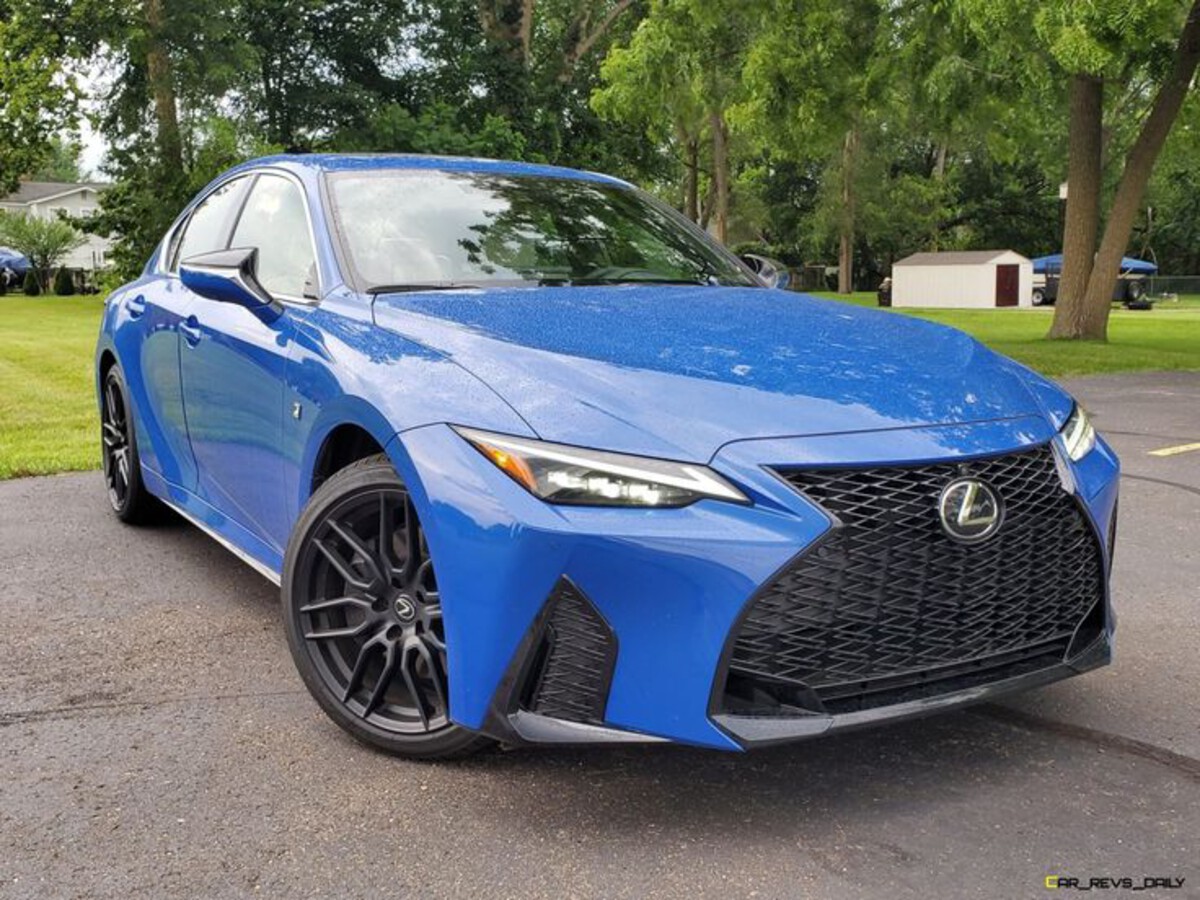
The transmission is built like a tank, and the engine has no known fatal flaws. Add in a surprisingly comfortable ride, a decent back seat, and bulletproof resale value, and the IS F becomes a perfect daily performance car.
It may not have the refinement of a BMW M3 or the raw aggression of an AMG, but if you’re looking for something that won’t self-destruct after a few redline pulls, this is it. Plus, it flies under the radar, which makes it perfect for avoiding unwanted attention on the streets—or from the cops.
2. Honda Civic Type R (FK8)
Yes, it’s front-wheel drive. Yes, it’s a Civic. But the FK8 Type R proves that front-wheelers can dominate tracks and live long enough to tell the tale. With a 2.0L turbocharged engine pushing 306 horsepower and a six-speed manual that feels like slicing warm butter, the FK8 is pure driver joy.
And when it comes to reliability? Honda knocks it out of the park.
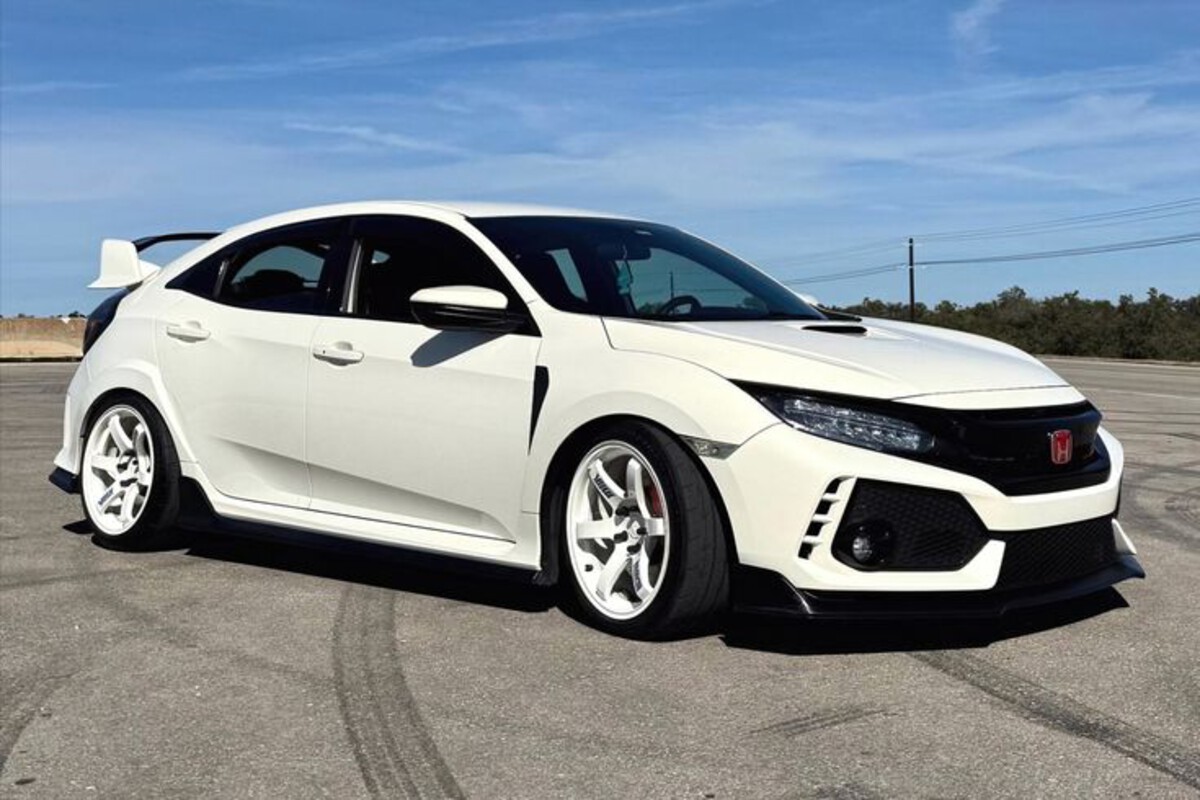
This car can handle daily driving, traffic, occasional redline abuse, and still clock over 200k miles. Owners praise its bulletproof engine and cooling system, while the interior remains rattle-free even years down the line.
If you’re the kind of driver who wants a car that’ll take a beating and keep begging for more—without breaking the bank—the Civic Type R is your guy. No nonsense, all thrill.
3. Porsche 911 (997.2 Carrera)
You might not expect to see a Porsche here, but the 997.2-generation 911 is the anomaly in the world of temperamental European sports cars. It ditched the problematic IMS bearing found in earlier models and replaced it with a near-flawless design.
The result? A high-performance icon that can comfortably last 200,000 miles or more with proper care.

The 3.6L flat-six engine is robust, and the interior feels like it was built with eternity in mind. Porsche parts aren’t cheap, but failures are rare. Daily drivers love the 911 for its practicality—rear seats for bags (or kids), a usable front trunk, and decent gas mileage.
You get the thrill of a true performance machine without the pain of constant repairs. It’s an enthusiast’s dream that doesn’t demand sacrifice.
4. Mazda MX-5 Miata
Lightweight, balanced, fun—and shockingly reliable. The MX-5 Miata may not win a drag race, but it wins at life. Its naturally aspirated engine, simple drivetrain, and minimal electronic complexity make it one of the most dependable performance roadsters of all time.
Owners routinely push their Miatas past 200k miles with original engines and transmissions.
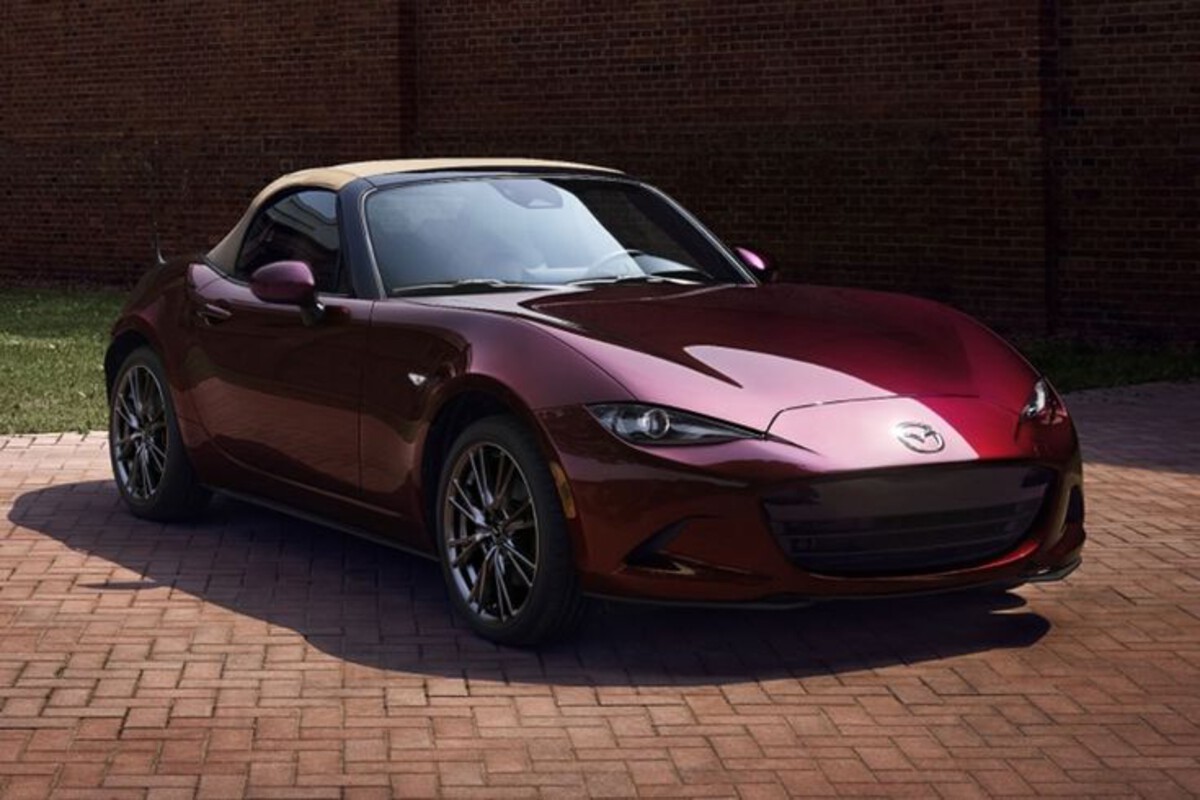
With a strong aftermarket, cheap parts, and easy DIY maintenance, it’s a performance car you can drive daily, track on weekends, and never stress about breaking down.
It’s the definition of “slow car fast,” and it’s always ready for another corner.
5. Infiniti G37 Coupe (Manual)
The G37 Coupe may not be flashy, but under its hood sits the legendary VQ37VHR engine—a 3.7L V6 that’s as tough as it is fun. Pumping out 330 horsepower and mated to a slick-shifting manual, the G37 blends luxury, reliability, and spirited driving like few others.
Nissan’s VQ engine series has a reputation for lasting forever, and the G37 is no exception.
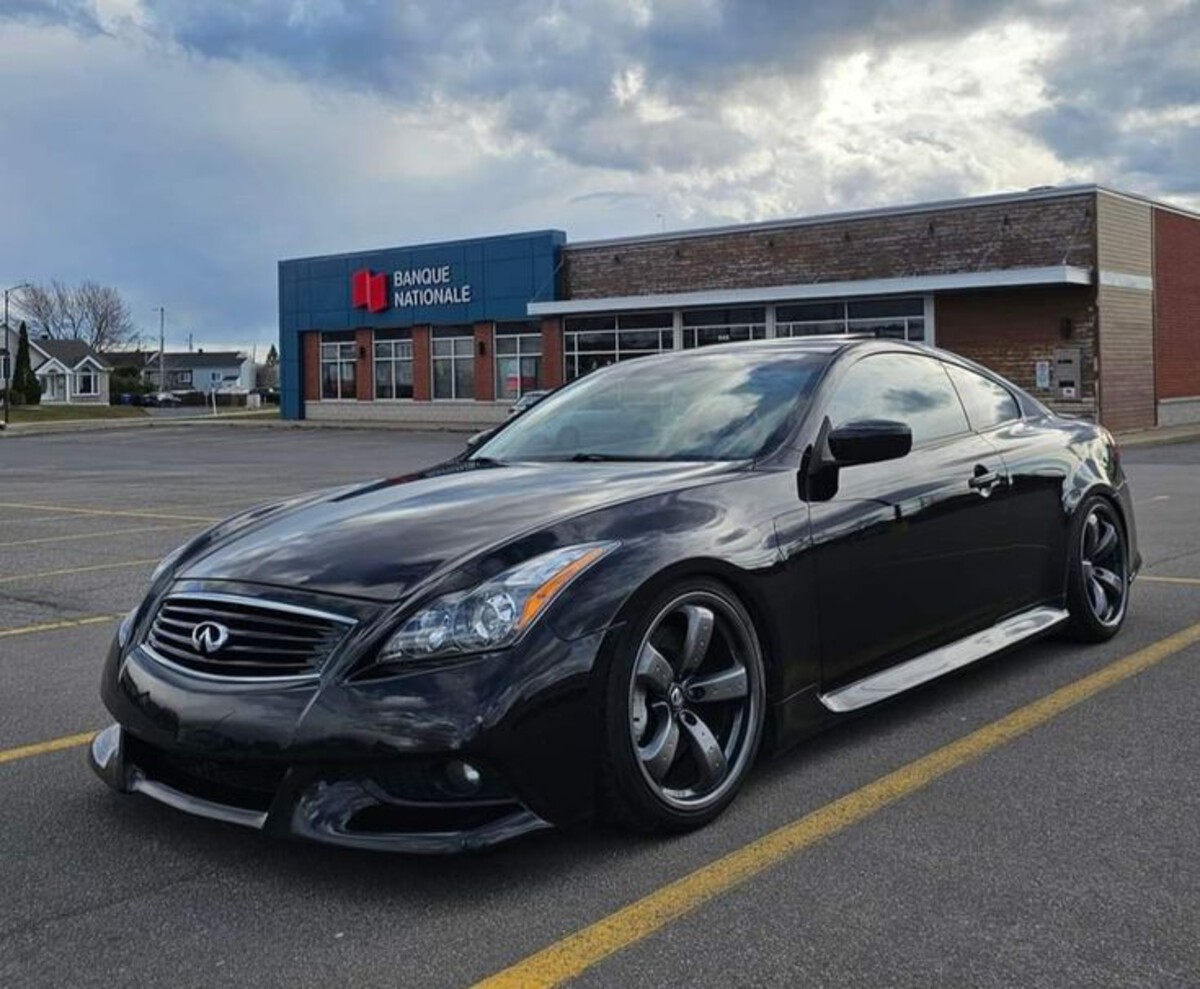
Transmission issues are rare, and most high-mileage owners report only minor hiccups like coil packs or bushings. Plus, you get rear-wheel drive, great looks, and a comfortable cabin with all the tech you actually need.
For daily-driven performance without a six-figure price tag or service nightmare, the G37 Coupe is an underrated hero.
5 Performance Cars That Fall Apart Fast
These performance machines may look tempting on paper, but when the honeymoon phase ends, you’re left with repair bills and reliability regrets. Whether it’s fragile electronics, overworked turbos, or engines that eat themselves alive, these cars are more trouble than they’re worth in the long run. Drive them hard… but don’t expect them to last.
ALSO READ: 5 Taxis That Still Run and 5 That Didn’t Last 2 Years
1. BMW M5 (E60 – V10 Era)
There’s no denying the E60 BMW M5 is a brute. A 5.0-liter V10 cranking out 500 horsepower with a spine-tingling redline of 8,250 RPM? On paper, it’s the ultimate four-door supercar. But in reality, it’s a mechanical landmine.
The SMG transmission is clunky and prone to failure, while the VANOS variable valve timing system and rod bearings are well-known for wallet-destroying issues.
Driving an E60 M5 is like trying to tame a wild lion on a leash made of dental floss. Once you cross 80,000 miles, it’s not a question of if something expensive will break—it’s when.
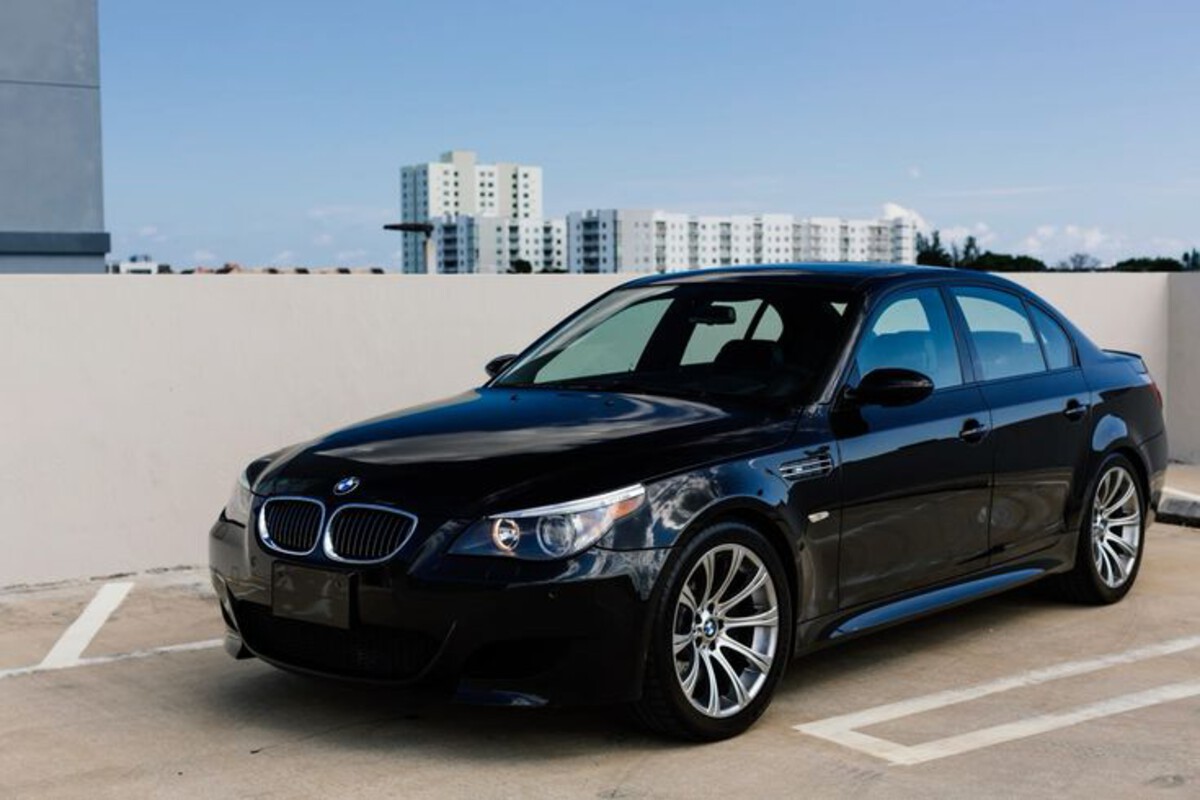
Even basic maintenance like oil changes or brake work costs a premium, and finding a specialist who knows this car inside out is a challenge in itself.
Electrical gremlins, leaky seals, and constant warning lights make it feel like you’re piloting a ticking time bomb. Enthusiasts adore the engine note and raw performance, but few survive the ownership experience without being financially drained.
If you’re a diehard BMW fan with deep pockets and a second car, it can be a dream machine. For everyone else looking for a reliable performance daily driver? The E60 M5 is better admired from afar—preferably someone else’s garage.
2. Alfa Romeo Giulia Quadrifoglio
The Alfa Romeo Giulia Quadrifoglio looks like it belongs in a gallery. Sculpted lines, carbon fiber bits, and a Ferrari-derived 2.9-liter twin-turbo V6 that sings at 505 horsepower—it screams exotic from every angle.
And that’s exactly the problem. It’s exotic, and not in a good way. Owning one long-term is like dating a supermodel who sets your house on fire every few months.
Beneath the seductive styling lies inconsistent build quality, glitchy electronics, and a notorious reputation for overheating.
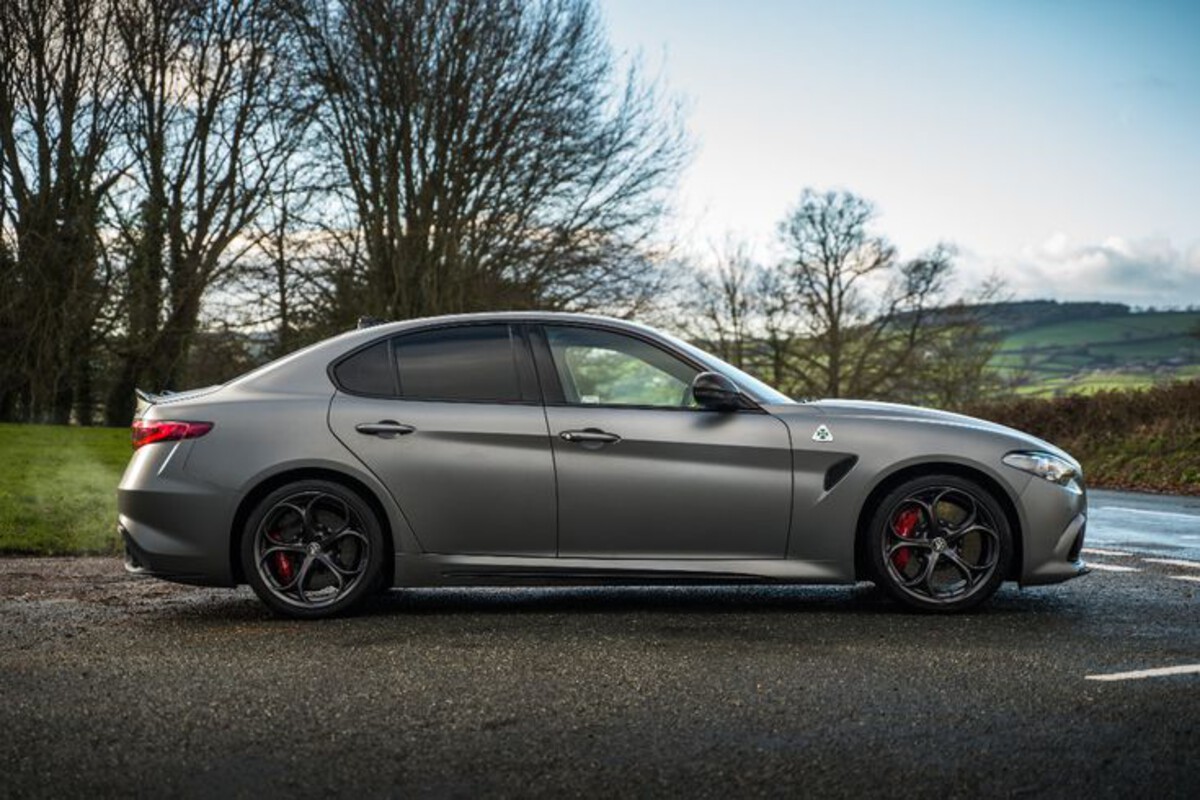
Owners report premature turbo failures, engine management issues, electrical faults, and interior wear that doesn’t match the car’s price tag. After the warranty period, the costs skyrocket and confidence plummets.
As a performance machine, it’s phenomenal—lightweight chassis, razor-sharp handling, and serious track prowess. But the daily driving experience? Not so charming. The infotainment system is buggy, parts are expensive and hard to find, and dealership service quality varies wildly.
If you’re buying it as a weekend toy under warranty, it’s a blast. But expecting the Giulia QV to make it to 200,000 miles without bleeding you dry? That’s wishful thinking. For a reliable sports sedan that you can truly drive daily, look elsewhere. This Italian beauty is high maintenance in every sense.
3. Subaru WRX STI (2015–2021)
The Subaru WRX STI is the rally-bred icon we all wanted in our high school parking lot. Box flares, a hood scoop, AWD grip, and that raw turbocharged flat-four rumble—it’s a car that screams performance.
But once the honeymoon phase is over, reality hits hard. While the STI is built for thrills, it’s not built for the long haul.
The EJ257 engine that powers this generation is ancient—dating back to the early 2000s—and has known issues that Subaru never fully resolved.

Common problems include ringland failures, piston slap, high oil consumption, and premature turbo wear. Even worse, many owners face cracked cylinder heads and blown head gaskets after spirited driving.
Transmission syncros can wear out quickly, especially in higher gears, and clutch replacements are far from cheap. Daily driving an STI, especially one that’s been modified or driven hard, becomes a risky financial adventure after 100k miles.
It still holds a place in enthusiast hearts, but it doesn’t belong in the long-term ownership club. If you’re thinking this is the high-mileage performance car for you, prepare for a reality check. The WRX STI is a legend—but it’s a fragile one that rarely makes it to 200,000 miles in one piece.
4. Ford Focus RS
The Ford Focus RS was a firecracker in the hot hatch world—350 horsepower, all-wheel drive, Drift Mode, and aggressive styling. For a while, it looked like the perfect enthusiast’s daily driver. But the illusion didn’t last long. Beneath the performance glory lies a long list of mechanical disappointments that show up far too early in the car’s life.
The most infamous issue? Head gasket failures. Early models were fitted with the wrong head gasket from the factory, causing catastrophic engine damage sometimes before hitting 20,000 miles. Even with repairs, lingering cooling issues remained, eroding owner confidence.
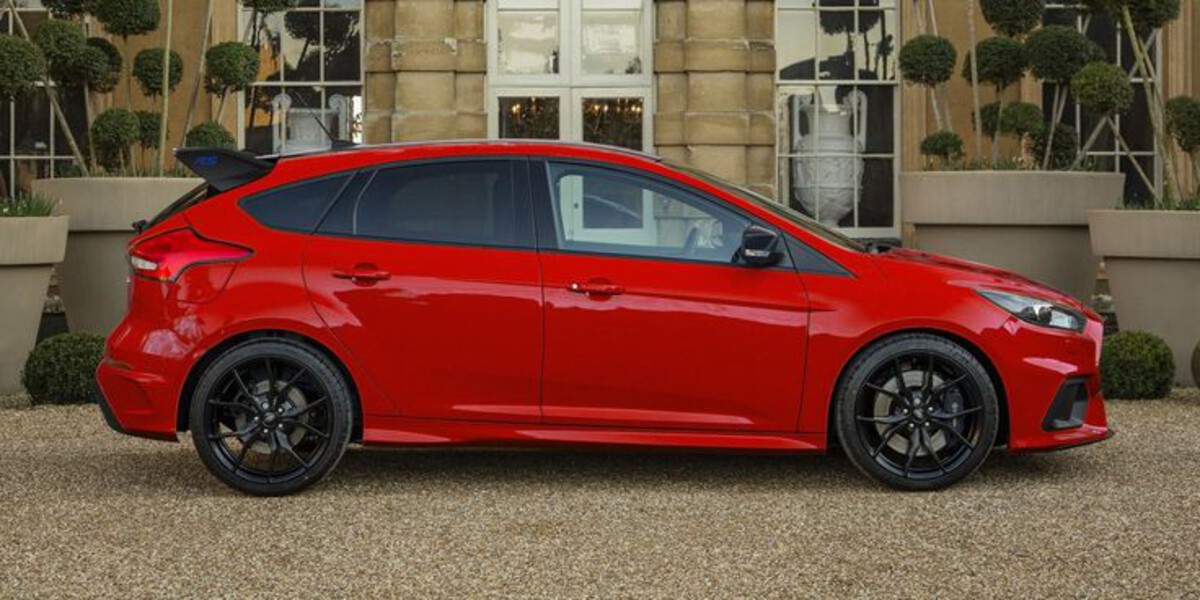
Beyond the engine, the RS suffers from excessive clutch wear, noisy differentials, and suspension failures, especially in colder climates. The ride is bone-jarring for daily use, and the interior, while sporty, lacks the durability you’d want in a long-haul vehicle.
Maintenance costs are high for a compact, and resale value has taken a hit due to its poor long-term reputation. While it’s undeniably fun in short bursts, the Focus RS simply doesn’t hold up when subjected to real-world mileage.
Enthusiasts may love the thrill it delivers, but if you’re looking for a performance car that survives 200,000 miles, the Focus RS should be nowhere near your shortlist.
5. Mini Cooper S (Turbocharged Models)
The Mini Cooper S is small, stylish, and sporty—a city car with personality and punch. Its turbocharged engine makes it a fun daily driver with go-kart handling, zippy acceleration, and plenty of retro charm.
But dig deeper into ownership reports, and the shine quickly fades. The turbocharged Minis, especially the R56 and early F56 generations, are infamous for mechanical fragility.
Timing chain tensioners often fail early, sometimes catastrophically. Carbon buildup on intake valves is common, even with regular maintenance.
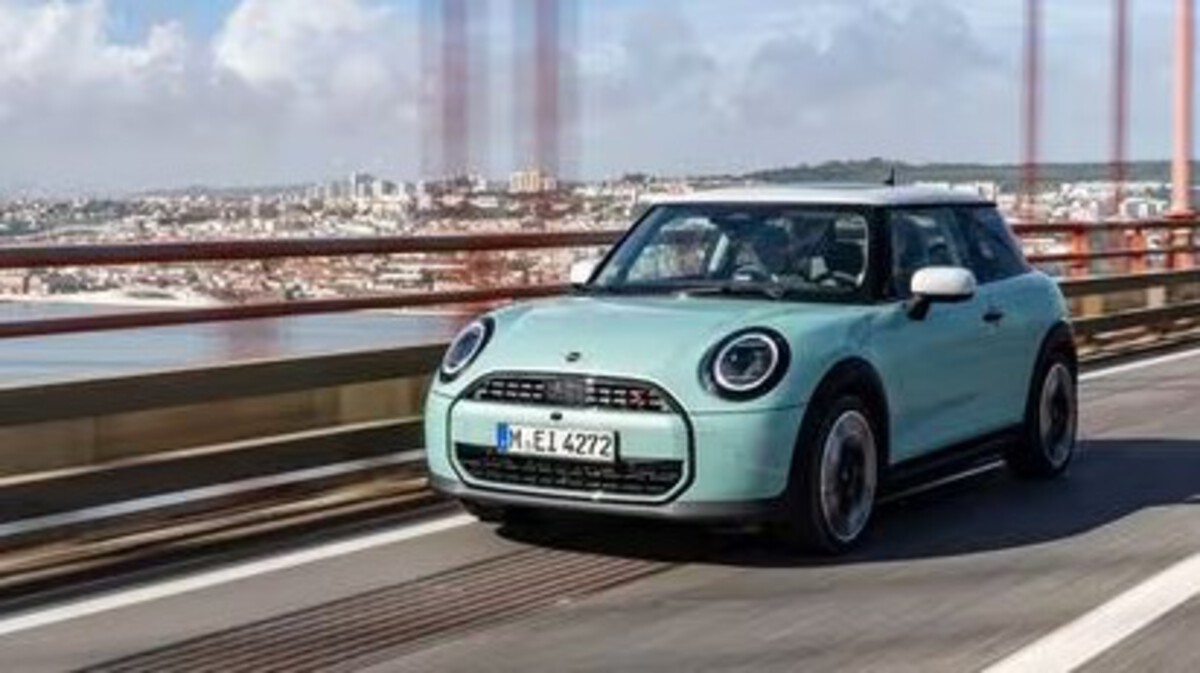
Turbo failures, oil leaks, cooling system woes, and faulty sensors all contribute to repair bills that rival those of luxury sedans. The Prince engine—developed with Peugeot—has a reputation for being temperamental and poorly designed for long-term abuse.
Interior rattles, electrical gremlins, and expensive OEM parts make Mini ownership more frustrating as mileage climbs. Many owners begin experiencing major issues before 80,000 miles, with few making it past 150k without significant repairs or engine replacement.
Despite its playful nature, the Mini Cooper S isn’t built to last. If you’re looking for a high-mileage performance hatch, there are far better choices out there. The Mini may be fun, but when it comes to daily driving for the long run, it’s more nightmare than a dream.
Performance doesn’t have to mean planned obsolescence. Some performance cars deliver neck-snapping thrills while still going the distance—200,000 miles and beyond—with little more than oil changes and routine care. These machines aren’t just weekend toys—they’re built for the long haul and don’t leave you stranded (or broke) on the side of the road.
But then, there are the heartbreakers. The fast, beautiful, temperamental cars that feel incredible, for a while. Then the dashboard lights up like a Christmas tree,e and your mechanic knows you by name. They might rule the road in their prime, but long-term ownership is a nightmare you wouldn’t wish on your worst enemy.
If you’re an automobile addict like me, you know the true sweet spot is a performance car that can take a beating, give you butterflies, and still get you to work every day. Choose wisely, and your ride won’t just be fast—it’ll be forever.
So next time you shop for that dream car, remember: speed thrills, but reliability saves. Because the real flex? Owning a car that can still redline at 200,000 miles without breaking a sweat.

